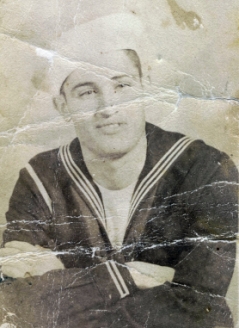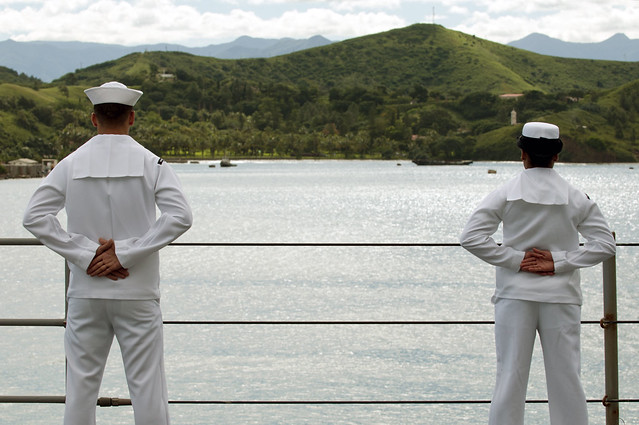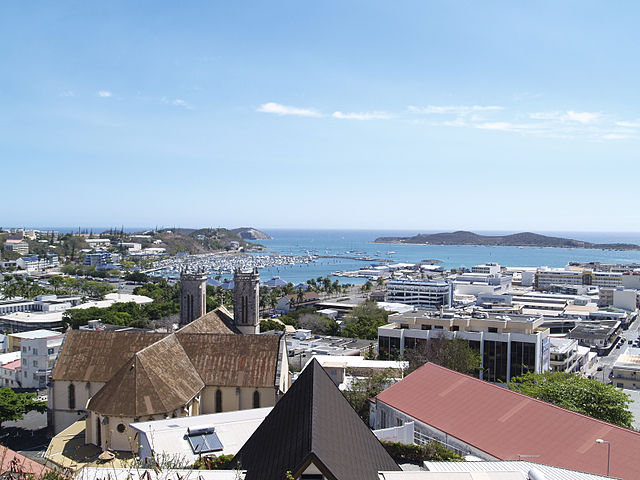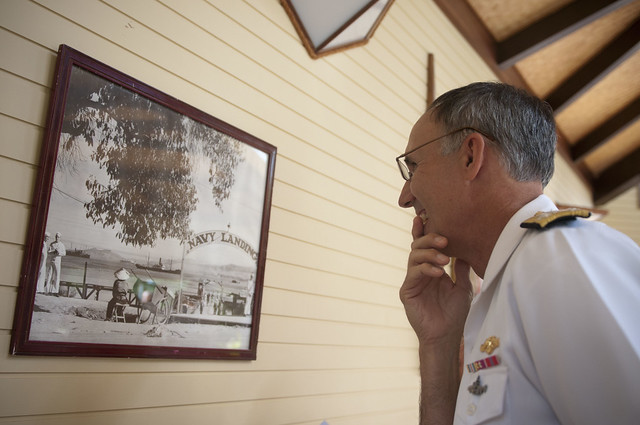 My 6th entry in Amy Johnson Crow’s “52 Ancestors in 52 Weeks” family history blogging challenge for 2015.
My 6th entry in Amy Johnson Crow’s “52 Ancestors in 52 Weeks” family history blogging challenge for 2015.
The challenge: have one blog post each week devoted to a specific ancestor. It could be a story, a biography, a photograph, an outline of a research problem — anything that focuses on one ancestor.
Amy’s 2015 version of this challenge focuses on a different theme each week.
The theme for week 6 is So Far Away — Which ancestor is the farthest from you, either in distance or in time/generations? Which ancestor have you had to go the farthest away to research?
My 6th ancestor is my paternal grandfather, Benjamin Robledo (1919-1990). Grandpa Ben was the first U.S.-born child of Mexican immigrants Jose and Maria (Nieto) Robledo, and he was the first of three sons to proudly serve on behalf of his parents’ new country.
The So Far Away connection? Where I first find him serving during the Second World War — in New Caledonia.
I remember an airline commercial from my childhood that featured flights to New Caledonia. The name New Caledonia mesmerized me, it seemed so exotic, and I loved the way the syllables would rattle off of my tongue when I’d repeat it back. I find it odd that this airline commercial has stuck in my mind all of these years. And it was only a couple years ago that I learned of my grandfather’s tie to this exotic far away location.

Joining WWII
Benamin Robledo enlisted in the U.S. Navy on 8 September 1943 in Los Angeles County, California at 24 years of age. He married my grandmother Rosie Salas 10-1/2 months prior, and the couple gave birth to their first child just 4 months prior to Ben’s enlistment. At the time, Benjamin was working as a welder, and the young couple lived in Los Angeles.
The first muster (attendance) rolls I have been able to locate for Ben are the regular 30 June 1944 Quarterly Muster and the supplemental Report of Change. This leaves a 9-month void at the beginning of his military service, during and immediately after what I assume was basic training. At some point during this 9 month void, Benjamin was allowed to see his wife, because they became pregnant with their second son by the time of this first identified muster roll.
Seaman 1st class (SC1) Benjamin Robledo joined the U.S. S. Waterford ARD-5 on 28 June 1944. The 30 June 1944 Muster Roll Report of Change notes that Benjamin transferred to the U.S.S. ARD-5 at Receiving Station Noumea, New Caledonia “for duty” on a “special assignment”. Since I am missing military records prior to this date, I do not know how or when Benjamin arrived in New Caledonia.
The Archipelago
New Caledonia, now a special collectivity of France, is an archipelago located in the South Pacific, 750 miles east of Australia, across the Coral Sea. According to Wikipedia, it has a land area of 7,172 square miles and a population of 268,767. Captain James Cook gave the archipelago (which reminded him of Scotland) its name in 1774, when he became the first European to sight the islands. New Caledonia became a French dependency in 1853, and declared in favor of the Free French government after the Fall of France in 1940.

Nouméa is the capital city of New Caledonia, situated on the southern end of the main island of Grand Terre. The city sits on a protected deep water harbor, which made it an ideal location to serve as the U.S. military headquarters in the South Pacific during World War II.
WWII Base
From the the U.S. 7th Fleet, United States Navy:
U.S. forces landed on New Caledonia in 1942 when the United States entered World War II. New Caledonia became an important outpost in the battle for the Pacific during World War II. With its central Pacific location, New Caledonia provided a strategic air base as well as personnel and logistics support for the war. The memorial on New Caledonia honors the U.S. commitment to New Caledonia during World War II, deterring Japanese forces from taking the island. Over the course of World War II, over 40,000 U.S. troops were stationed on the small Pacific island nation.
According to the World War 2 Pacific Island Guide, New Caledonia “was code-named CHEEKSTRAP and later IRET. The U.S. Naval operating base at Nouméa was WHITE POPPY initially, LECTERN from February 1943, and then EPIC.”
Originally considered to be of use only as an air refueling station, New Caledonia’s value increased to the U.S. military in preparation for the invasion of Guadalcanal. The archipelago provided the base of operations for Allied troops (and their strategic victory) for and during the Battle of Guadalcanal, which lasted from 7 August 1942 to 9 February 1943. The World War 2 Pacific Island Guide points out that Nouméa “continued to support amphibious operations as the war moved across the Pacific culminating its service as the staging base for the 1945 Okinawa assault.” The base was closed on 27 May 1947.

My grandfather is first identified at Nouméa on 28 June 1944, well after the Battle of Guadalcanal. He did continue to serve on the ARD in the Pacific theater until 27 November 1945, however I have not yet reviewed the ARD’s records enough to determine which, if any, Pacific battles my grandfather might have served in.
Future Vacation?
Somehow I doubt my grandfather got to partake in much RnR on New Caledonia during his wartime service there, but he had to have at least appreciated the breathtaking natural scenery. Although stunning ocean views were nothing new to Benjamin, who grew up near the Pacific Ocean in Long Beach, California.
This granddaughter too has spent most of her life living near the beautiful Pacific Ocean, and spent most of her high school and 20s-era weekends sunbathing on nearby home beaches that so many others plan vacations to. But suddenly this exotic South Pacific vacation spot is once again calling to that young girl who loved hearing the name “New Caledonia” from that old TV commercial. To walk where my grandfather walked in 1944. If I do get to visit New Caledonia, I hope to take my father. Although he is not remotely a beach vacation type of person, I know how much it would mean to him to get to see where his own father served.
This video highlights Nouméa and New Caledonia just 22 years after my grandfather’s stay.
Here is a 2013 look at exotic Nouméa.
[contentblock id=1 img=html.png]
